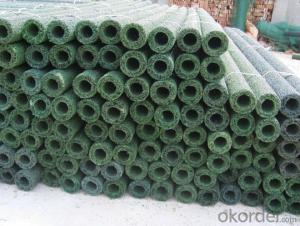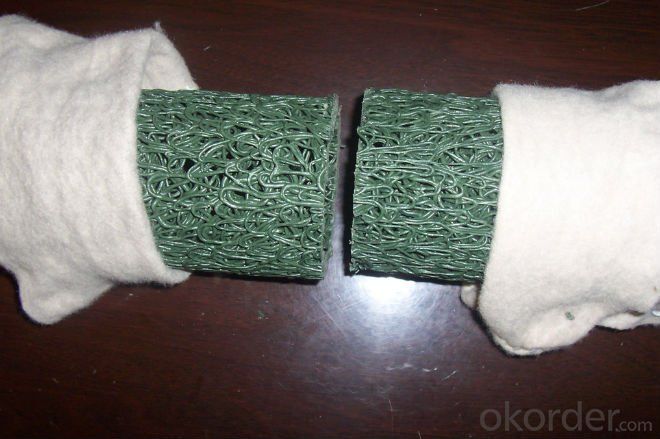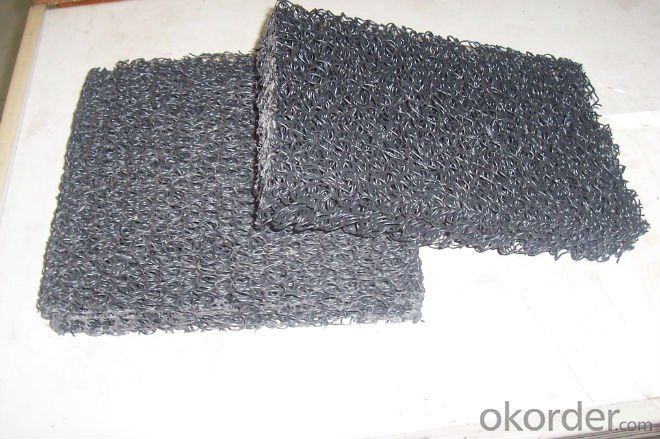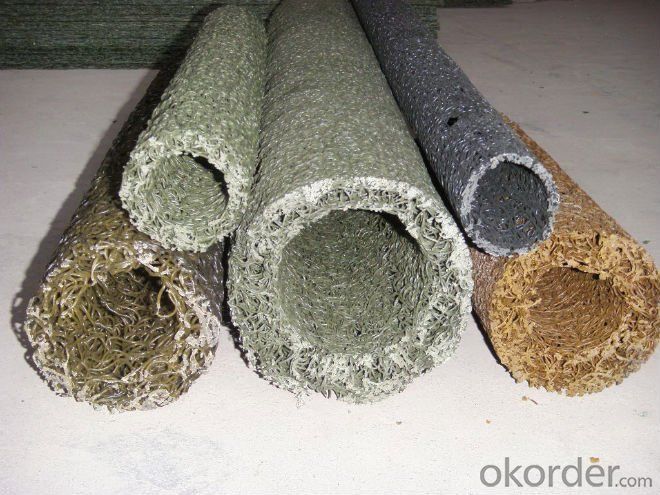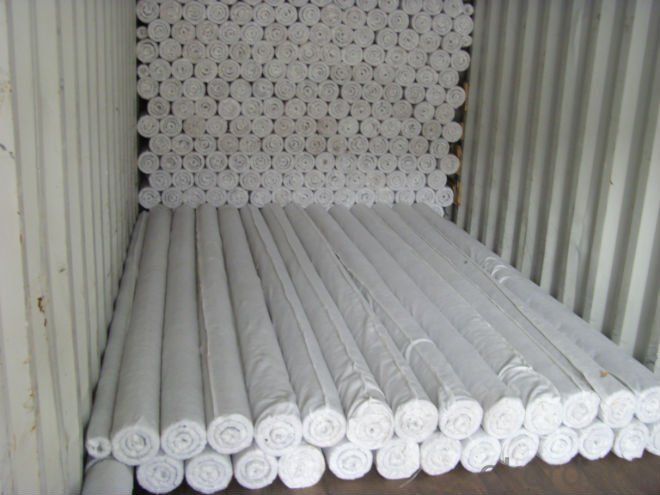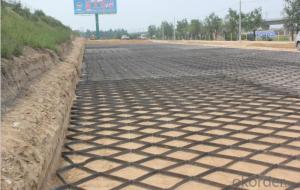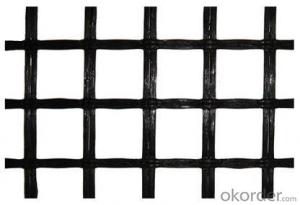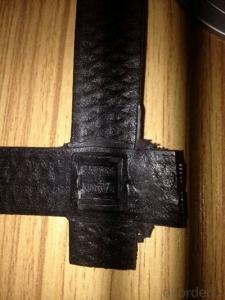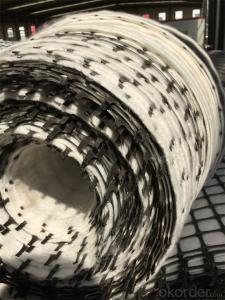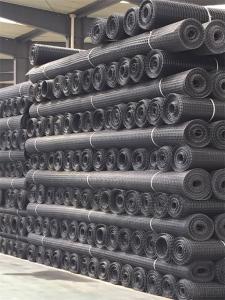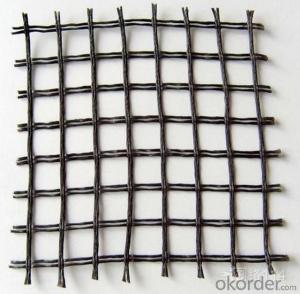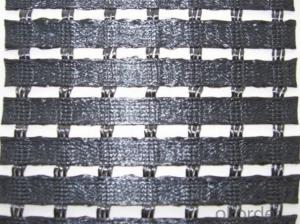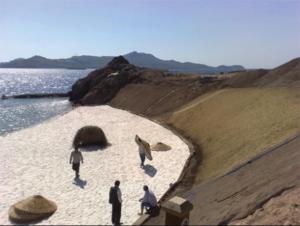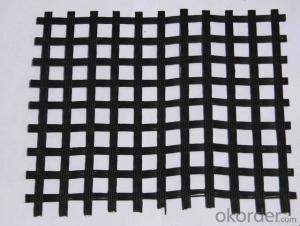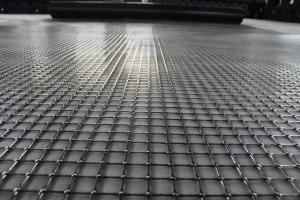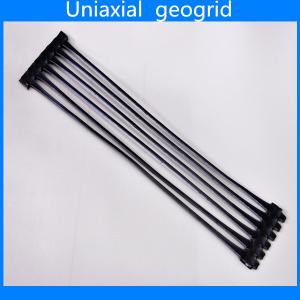Plastic Blind Ditch used in Draiange
- Loading Port:
- Qingdao
- Payment Terms:
- TT OR LC
- Min Order Qty:
- 1000 m
- Supply Capability:
- 150000 m/month
OKorder Service Pledge
OKorder Financial Service
You Might Also Like
Packaging & Delivery
| Packaging Detail: | standard packing or according to client's request |
| Delivery Detail: | 15 days after receiving T/T |
Geocomposite drain pipe technical datas
Item | Square shape | Circular shape | |||||||||
Type | YA7030 | YA1235 | YA1550 | YB60 | YB80 | YB100 | YB150 | YB200 | YB250 | YB300 | |
Outer size(mm) | 70x30 | 120x35 | 120x50 | φ60 | φ80 | φ100 | φ150 | φ200 | φ250 | φ300 | |
Cannular size (mm)≥ | 40x10 | 40x10x2 | 40x20x2 | φ25 | φ45 | φ55 | φ80 | φ120 | φ170 | φ220 | |
Voidage (%)≥ | 70 | ||||||||||
Compress strength (kPa) | Flattening 5% | 70 | 60 | 50 | 85 | 80 | 70 | 50 | 40 | 35 | 30 |
Flattening 10% | 110 | 110 | 70 | 170 | 160 | 140 | 70 | 60 | 55 | 50 | |
Flattening 15% | 150 | 130 | 125 | 220 | 200 | 180 | 100 | 90 | 80 | 70 | |
Flattening 20% | 190 | 180 | 160 | 280 | 250 | 220 | 125 | 120 | 110 | 100 | |
plastic blind ditch
is made of plastic core and outer filtering cloth. In the state of hot melting, it is formed into three-D network structure. It has two shapes: rectangle and round. This kind of pipe has some advantages: good drainage, high pressure resistance, light weight, so it is very popular in some projects.Application:Highway and roadway subgrade,Retaining wall,Landfill,Roof garden,Building foundation,Underground irrigation.
- Q: How do geogrids improve the stability of levees?
- Geogrids improve the stability of levees by providing reinforcement to the soil structure. They are designed to distribute the forces exerted by the soil and help prevent erosion and slope failure. Geogrids act as a stabilizing mechanism by increasing the strength of the levee, reducing the potential for settlement, and enhancing its overall stability.
- Q: How do geogrids improve the load transfer in road pavements?
- Geogrids improve the load transfer in road pavements by providing reinforcement and stabilization to the layers of the pavement. They are typically made of high-strength materials and are placed within the pavement layers to distribute the load more evenly, reduce deformation, and enhance the overall structural integrity of the road. This helps in preventing cracks, rutting, and other pavement distresses, ultimately extending the lifespan and improving the performance of the road.
- Q: How do geogrids improve the stability of railway embankments?
- Geogrids improve the stability of railway embankments by providing reinforcement and enhancing the load-bearing capacity of the soil. They act as a reinforcement layer, distributing the load from the train traffic more evenly and reducing the potential for settlement or slope failure. Additionally, geogrids increase the shear strength of the soil, preventing lateral movement and maintaining the embankment's stability over time.
- Q: Can geogrids be used in erosion control on slopes and hillsides?
- Yes, geogrids can be used in erosion control on slopes and hillsides. Geogrids are designed to reinforce and stabilize soil, preventing erosion and improving slope stability. They are commonly used in various erosion control applications, including on slopes and hillsides, to enhance the structural integrity of the soil and reduce the risk of erosion.
- Q: Can geogrids be used in retaining walls for highway projects?
- Yes, geogrids can be used in retaining walls for highway projects. Geogrids are commonly used in such projects to reinforce soil and provide stability to the retaining walls. They enhance the overall strength and durability of the walls, making them a reliable choice for highway construction.
- Q: Can geogrids be used in streambank stabilization applications?
- Yes, geogrids can be used in streambank stabilization applications. Geogrids are commonly used in these applications to reinforce and stabilize the soil, preventing erosion and providing structural support to the streambank.
- Q: As well as how to fill out the form, thank you!! Urgently
- Do you need a test report for a two-way geogrid
- Q: What is the tensile strength of geogrids?
- The tensile strength of geogrids can vary depending on the specific type and design, but generally, it ranges from 20 to 200 kilonewtons per meter.
- Q: Are geogrids suitable for use in high-traffic areas?
- Yes, geogrids are suitable for use in high-traffic areas. Geogrids are specifically designed to provide reinforcement and stability to soils and aggregate materials. They are capable of distributing load forces and reducing deformation, making them ideal for high-traffic areas such as roadways, parking lots, and industrial yards. Geogrids enhance the durability and lifespan of these surfaces, ensuring they can withstand heavy traffic loads without significant deterioration.
- Q: What are the differences between uniaxial and biaxial geogrids?
- Uniaxial geogrids are designed to provide strength and stability in one primary direction, typically in the longitudinal or horizontal direction. On the other hand, biaxial geogrids are engineered to offer strength and stability in two perpendicular directions, both longitudinally and transversely. This allows biaxial geogrids to distribute loads more evenly and provide greater reinforcement in multiple directions.
Send your message to us
Plastic Blind Ditch used in Draiange
- Loading Port:
- Qingdao
- Payment Terms:
- TT OR LC
- Min Order Qty:
- 1000 m
- Supply Capability:
- 150000 m/month
OKorder Service Pledge
OKorder Financial Service
Similar products
Hot products
Hot Searches
Related keywords




